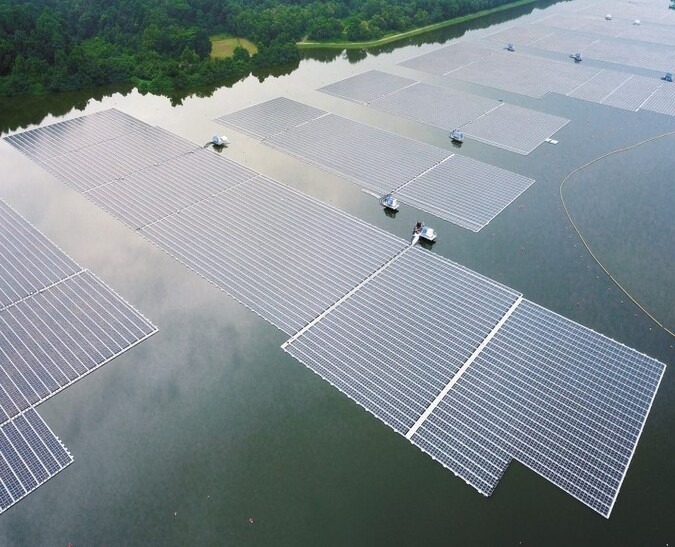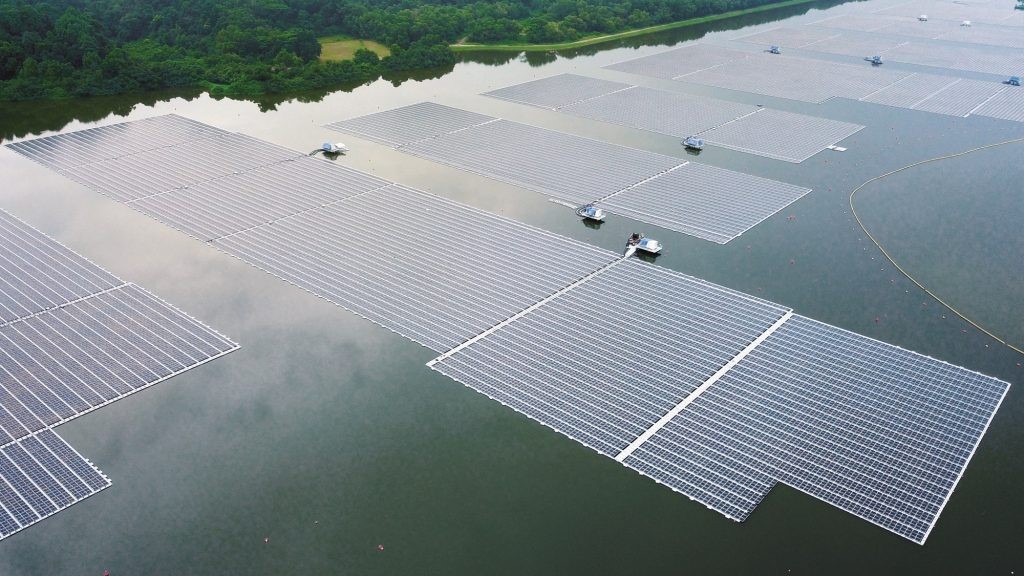
The cost of the new technology is currently higher than previous ground systems, approximately 5-10% higher, and in the absence of operational and maintenance experience, developers have so far been distrustful of its application. However, due to the cooling effect of the water, a more efficient power plant can be established, thus partially compensating for the investment costs. Currently, for this reason, a few GW capacity just a small part of the installed plants in the world.
Due to the big interest, we can count on a global recovery in the next few years with floating solar systems, including the Hungarian market. There are a huge number of artificial lakes in Hungary that may be suitable for accommodating a floating solar power plant, but legal regulations have yet to be negotiated. Developers would like to extend the new technology in Hungary as well, the suitability of industrial lakes is already being examined.
According to a 2018 report, the use of global floating solar power plants exceed 400 GW, which is almost 60% of the total solar power plant capacity installed in the world by the end of 2020.
FPV (floating solar PV) technology is a solution to land and water scarcity. It reduces water evaporation and also provides opportunities in solar energy production for countries and states with high population density and few flat areas.
Compared to their onshore counterparts, floating solar power plants have several advantageous features:
- due to the cooling effect of water and wind close to the surface, they are able to produce more per unit area (energy yield), as the production of photovoltaic panels decreases with increasing temperature;
- their degradation is slower due to lower operating temperatures;
- they can significantly reduce the evaporation of the water surface where the installation site is located, thus even significantly contributing to the reduction and prevention of water scarcity;
- reduce algae growth and improve water quality;
- can be installed quickly due to the high degree of modularity and the low need for prior landscaping;
- Installed in addition to hydro and offshore wind farms, it can be implemented with a smaller investment by utilizing the existing electricity infrastructure.
One of the largest floating solar farms has recently been established in Singapore. The power plant was installed on the Tengeh Reservoir in the western part of the country, which consists of 122,000 solar cells, has a peak capacity of 60 MW and occupies an area of 45 ha. With its commissioning, Singapore has become one of the countries in the world whose wastewater treatment is based on completely sustainable energy.

Source of picture: https://24.hu/tech/2021/07/14/uszo-napelemfarm-szingapur/#
